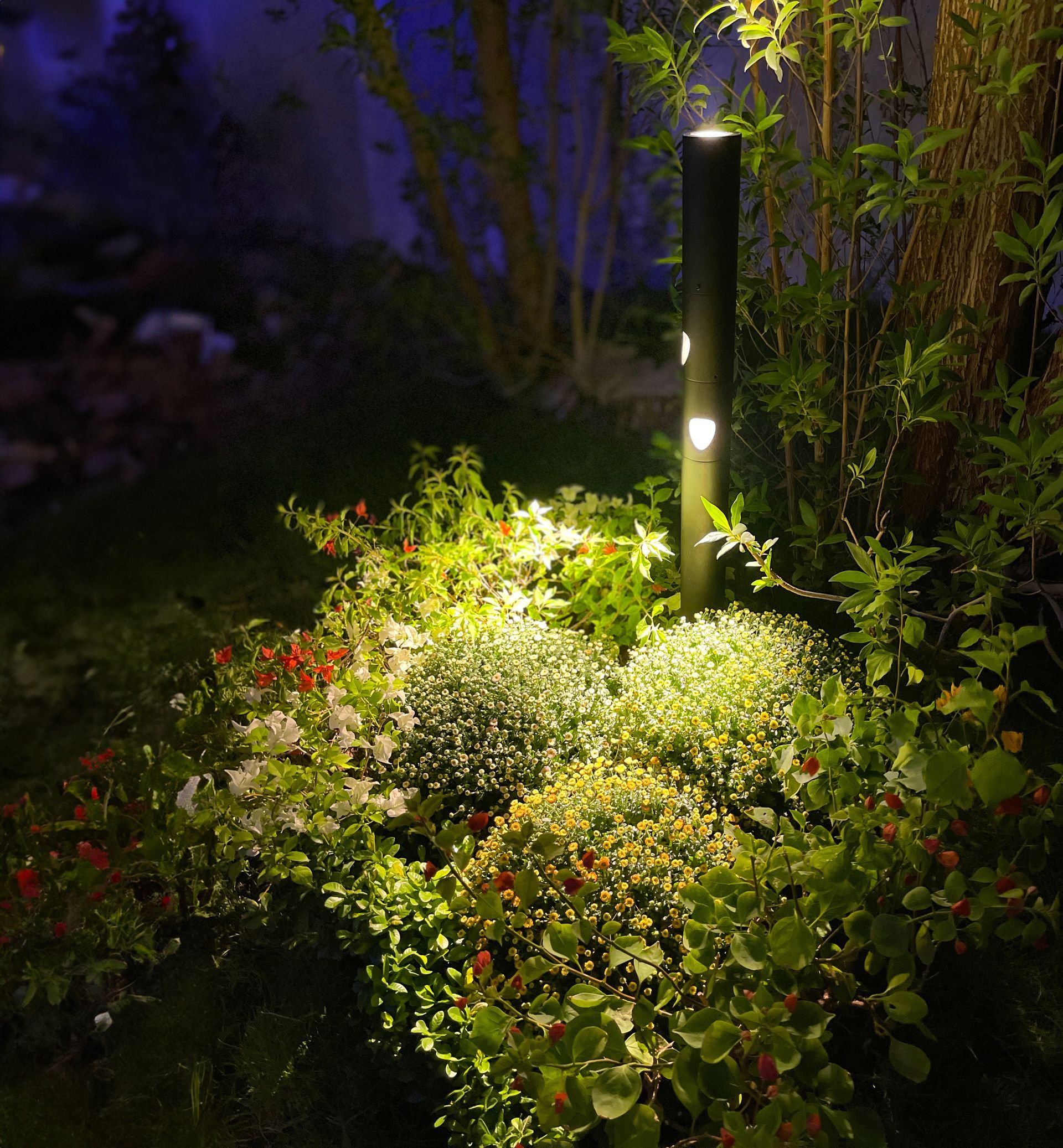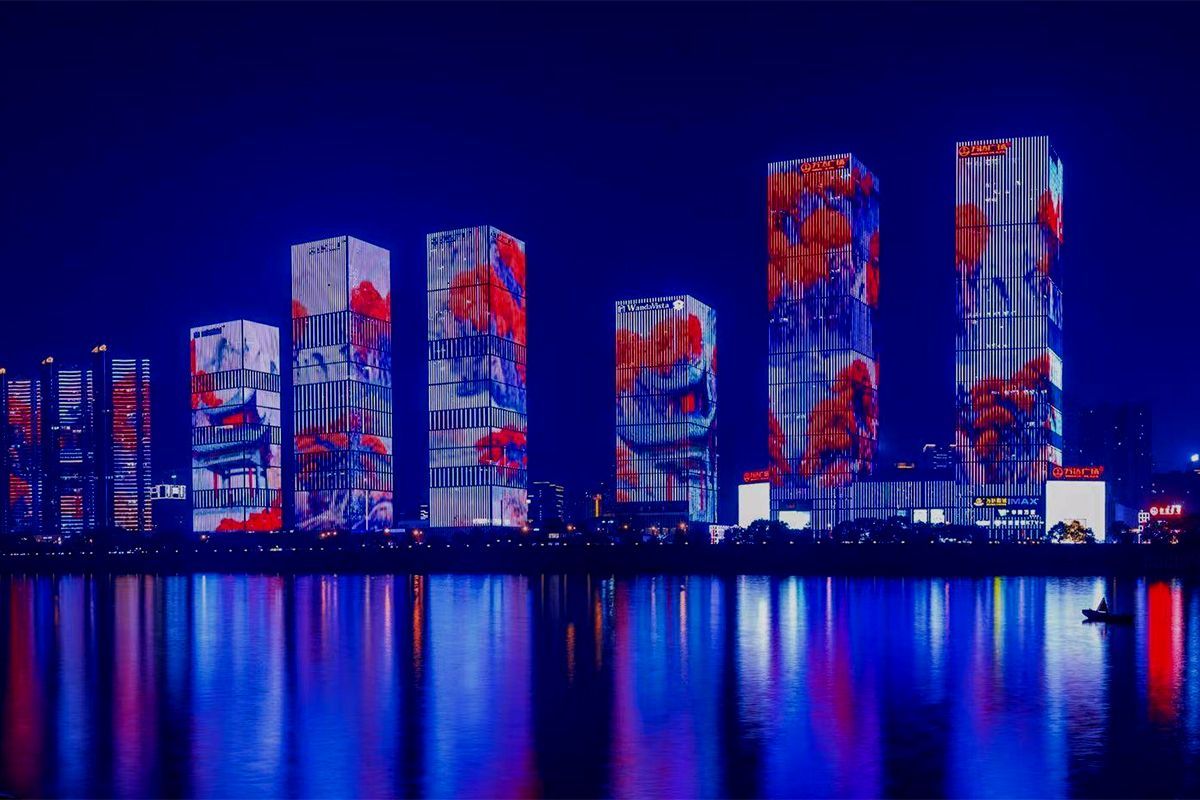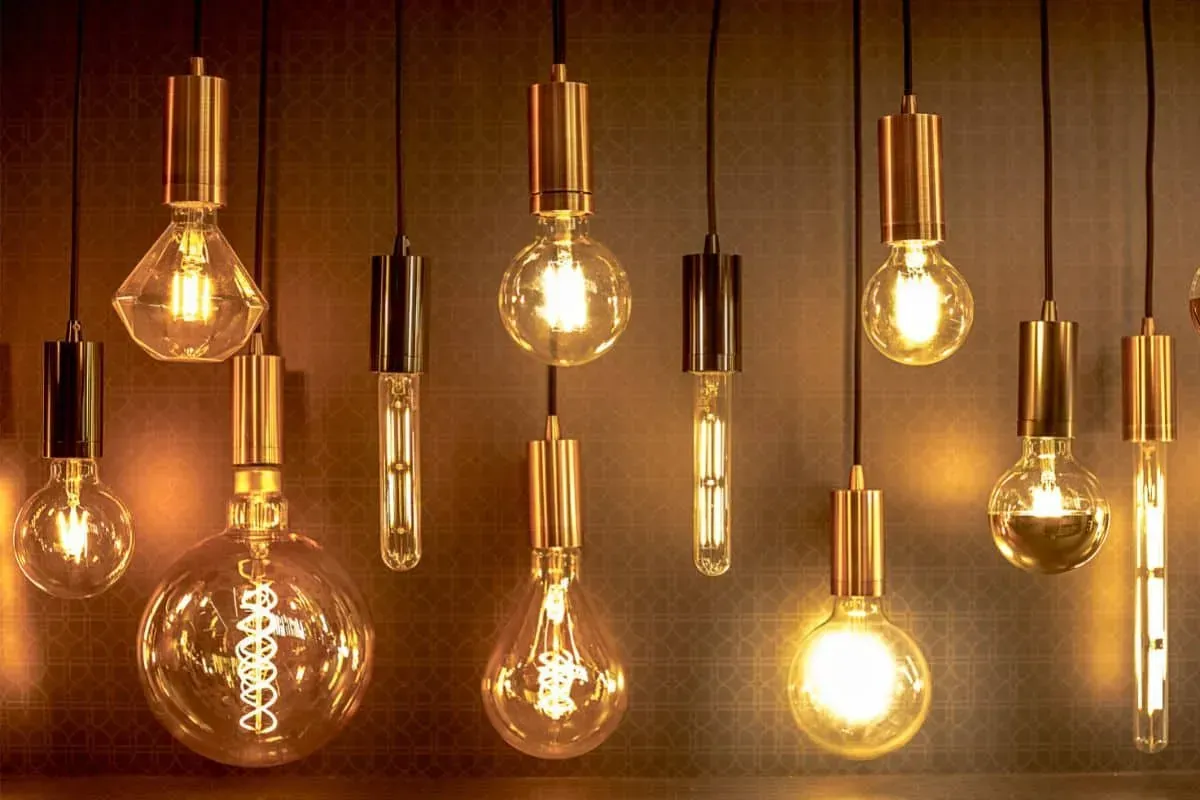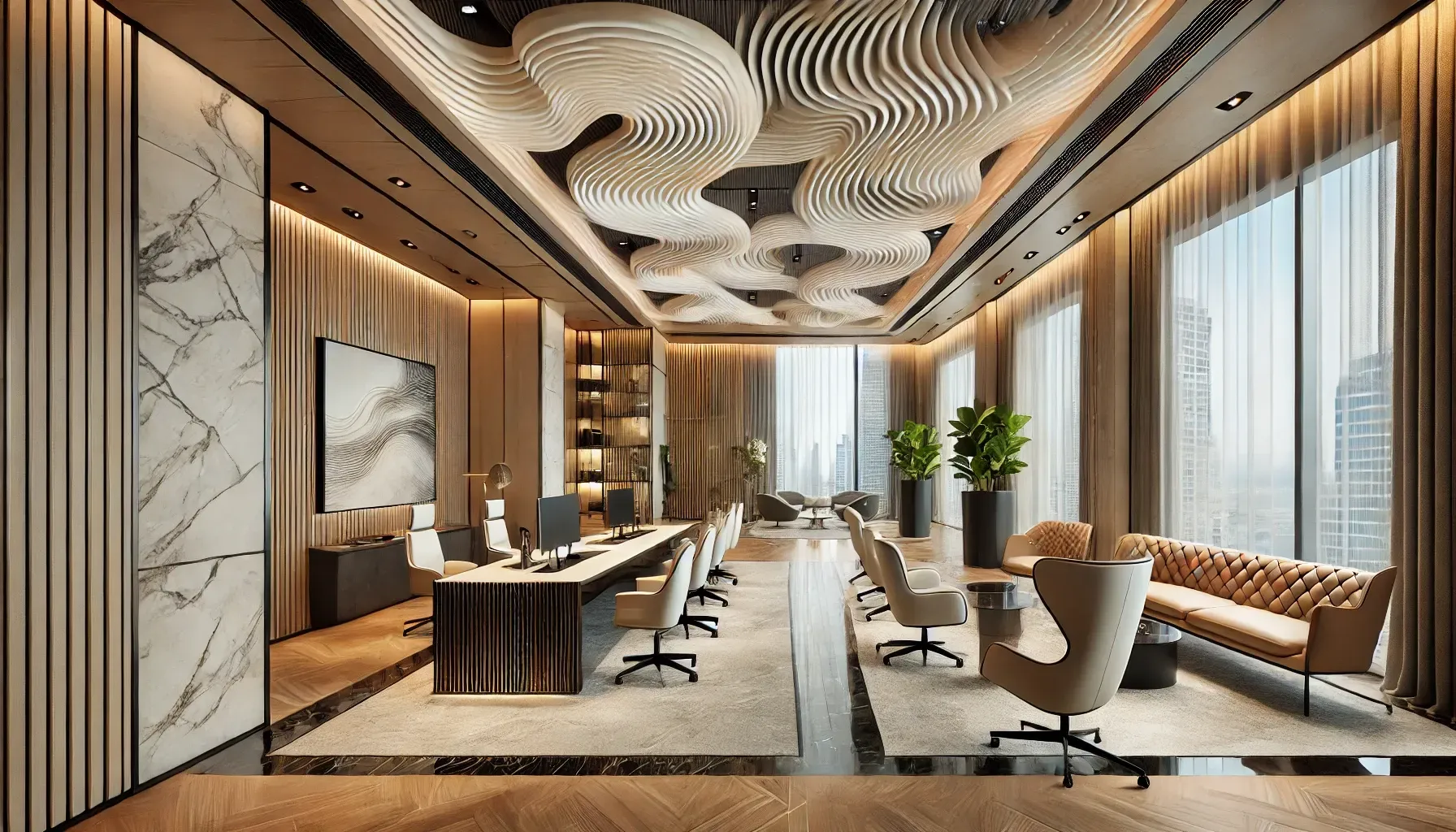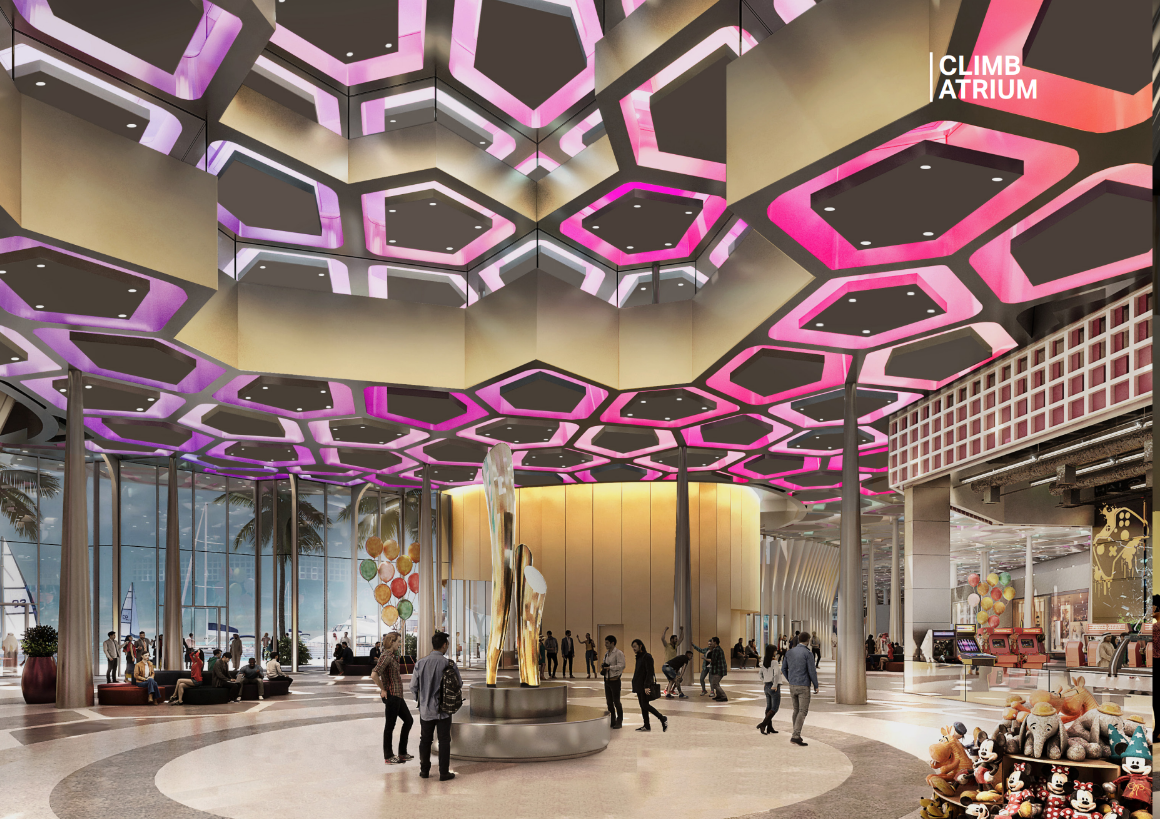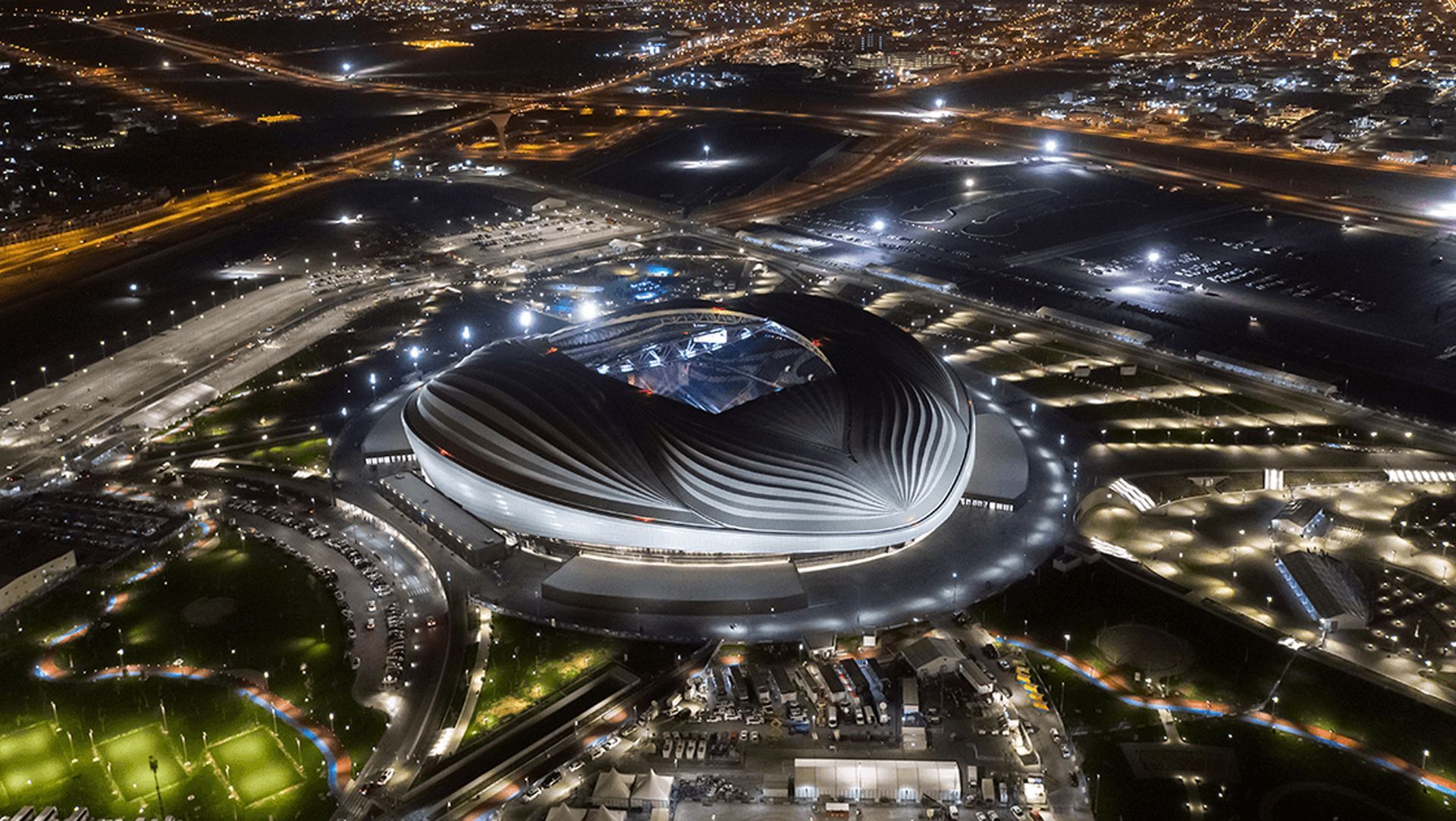Architectural Lighting: What Makes Natural Light So Valuable
Architectural Lighting: What Makes Natural Light So Valuable
A key component of design, lighting can affect both a building's overall aesthetic and usability. Architectural lighting has the ability to highlight a space's features, create atmosphere, and provide users a sense of security and comfort. Particularly in terms of architectural lighting, natural light is crucial. We'll talk about the value of natural light in architecture and how it impacts the built environment in this blog post.
The Aesthetic Value of Natural Light
When we talk about natural light, we're talking about the daylight that comes from the sun. It is cost-free, environmentally friendly, and offers several advantages over artificial lighting. In order to create visually appealing and energy-efficient environments, architectural lighting designers and architects are continuously looking for new ways to incorporate natural light into buildings. One of the primary advantages of natural light is that it improves a building's aesthetic value by establishing a visual link between the interior and outdoor areas. Natural light may accentuate a building's architectural details, such as its textures, colors, and shapes, making the area feel cozier and more inviting. Also, it fosters a feeling of warmth and openness, which may help residents feel more at ease and concentrated.
The Health Benefits of Natural Light
Getting enough natural light is also very good for your health. By managing our circadian rhythms, which are in charge of regulating our sleep-wake cycle, it can enhance our mood and productivity. Natural light throughout the day can enhance the quality of our sleep and lower our stress levels, according to studies. Moreover, the symptoms of seasonal affective disorder (SAD), a form of depression that some people experience during the winter, can be lessened by natural light. Architects may design settings that are healthier and more productive for occupants by incorporating natural light into their structures.
The Sustainability of Natural Light
Natural light is also a renewable source of energy. We can lessen our dependence on power for illumination and lower our carbon impact by utilizing natural light. It can lower electricity costs as well, making it an economical choice for building owners. As we work to lessen our influence on the environment and adopt more sustainable practices, the utilization of natural light in buildings is becoming more and more crucial.
Ways to Incorporate Natural Light in Architectural Lighting
Natural light can be incorporated into structures in a variety of ways by architectural lighting designers. Using windows and skylights is one method. Windows can be positioned carefully to let in natural light while limiting heat absorption or loss. If windows are impractical, like internal spaces or rooms with little access to natural light, skylights can be built. The use of reflective surfaces is another method. You can utilize materials like mirrors or reflecting surfaces to reflect natural light into the building's darkest spaces. This method can help make a space more energy-efficient and eliminate the need for artificial illumination.
In conclusion, natural light is an important component of architectural lighting that can enhance a building's beauty, use, and sustainability. It enhances mood and productivity, controls circadian cycles, and lessens stress, among other important health advantages. Another renewable energy source that can lower our carbon footprint and electricity costs is natural light. To create aesthetically pleasing and energy-efficient environments, architectural lighting designers and architects should always be coming up with new ways to incorporate natural light into buildings.
Being a business that emphasizes environmentally friendly and cost-effective solutions, MASQ is aware of the benefits of natural light in architectural lighting. In addition to being aesthetically pleasing, our designs aim to enhance residents' health and welfare. To find out more about our architectural lighting options and how we can assist you with incorporating natural light into your upcoming project,
get in touch with us right away.
Share on

